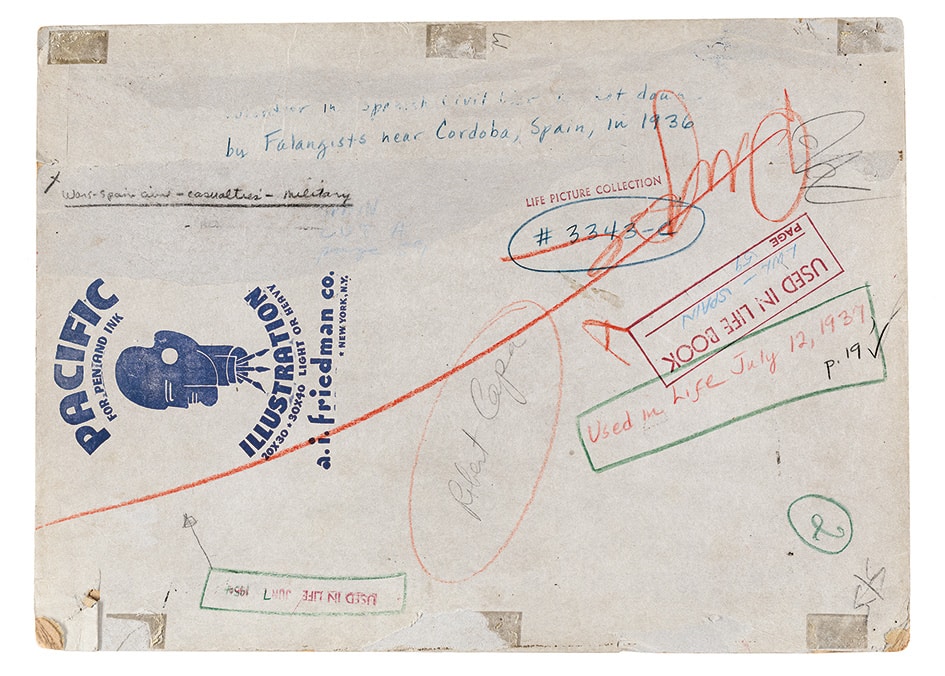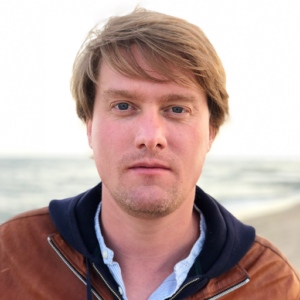June 6, 1944. American troops storm Omaha Beach during the Normandy landings. Robert Capa is among the GIs. He reports: “Just before 6 a.m., we were lowered into our landing craft and set off for the beach. Some of the boys were politely throwing up into paper bags, and I could tell it was a civic landing. We waited for the first wave to arrive and then I saw the first landing boats coming back and the black coxswain on one boat was holding his thumb up, it looked like child’s play. We heard something clatter on our boat, but nobody paid any attention. We got out of the barge and started wading. Then I saw some men fall and I had to shove their bodies, which I did politely, and I thought, Man, this isn’t very good.”
“After twenty minutes, I suddenly realize that this is not a good place to be,” Capa continues. “The tanks provided some cover against small arms fire, but they were the ones the Germans were firing shells at. I fell next to a soldier who looked at me, and said, “It’s harder than sweating in a straight outside line.” Another soldier looked up and said, “I see my old mother sitting on the porch, waving my insurance policy.” I started photographing for an hour and a half until my film was finished.”
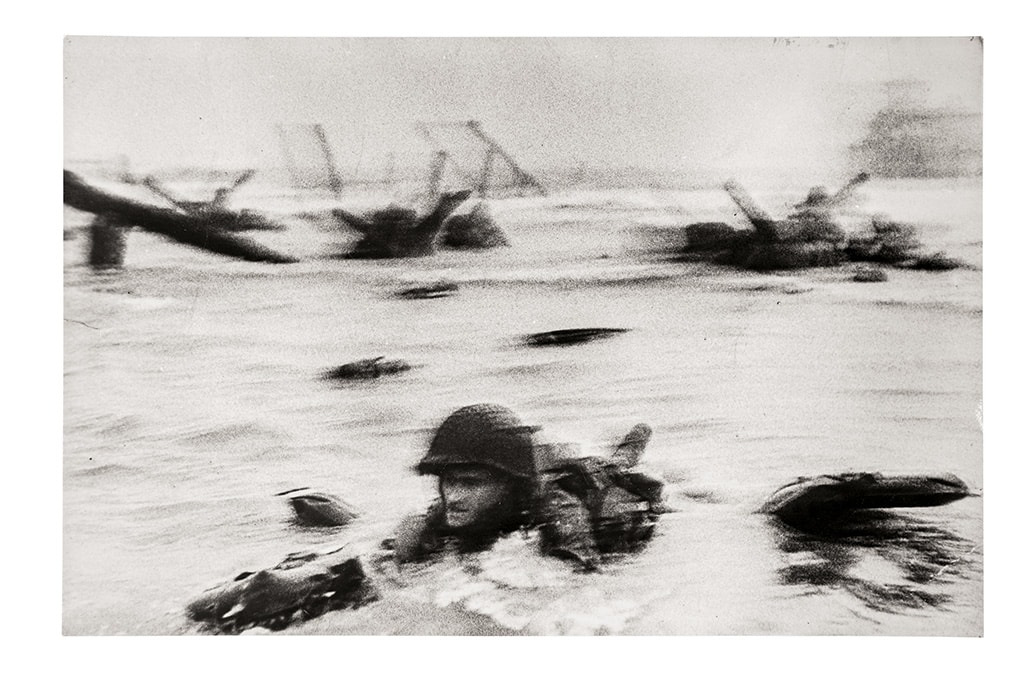
There are countless tributes to the great photographer, filmmaker and war reporter Robert Capa. Yet there’s still plenty of material to tell his story, proving that his work is still an important source of inspiration, and that his archives hold untold riches. As this exceptional anecdote from Omaha Beach illustrates, the exhibition in Deauville and the book published by Atelier EXB are a veritable immersion in his image-making. They examine the uniqueness of Capa’s approach: how his images were distributed and published, what they tell us about the photographer’s life, and the influence they have had on modern photojournalism.
Specialist Michel Lefebvre, a journalist with French newspaper Le Monde, worked for over 20 years on the subject to offer this look on the life of Robert Capa, who was born in Hungary as Endre Ernő Friedmann and chose an American-sounding pseudonym to better sell his images. “Basically, what interests me is the Spanish Civil War because I’m the son of a Spanish Republican, despite the fact that I have a French name”, tells Lefebvre. “When my father died in 1999, I promised myself I’d keep a record of the story he told me.”
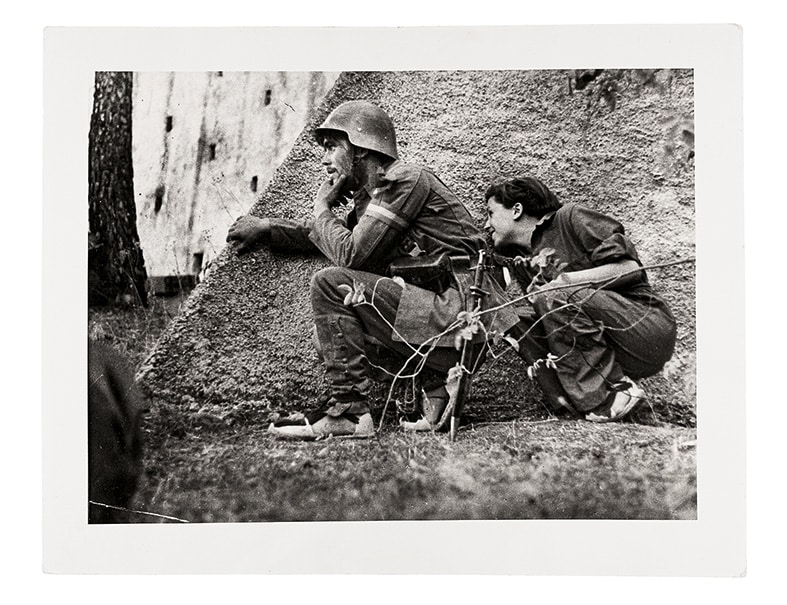
A Wealth of Anecdotes
Organized chronologically and thematically, the series presented in the book alternate between historical shots and archival documents, including a large number of pages from Regards, Vu, Life or Holiday magazines, with the photographer’s published images. Six major chapters retrace and contextualize Capa’s work: from the Spanish Civil War to the Sino-Japanese conflict, from Russia to the belle vie of Deauville, via the Second World War and the Normandy landings. The book reveals the photographer’s work during the great conflicts of the early 20th century, but also during the more peaceful moments of everyday life. “An analysis of Capa’s work”, Michel Lefebvre points out, “would not be complete without mentioning his color photos, his endearing portraits, his fashion shots, his film shoots and his travels: a journey from Deauville to Biarritz, from the Alps to Budapest, bearing witness to the good life he loved, the refugee, the stateless man, who had above all experienced poverty and war. This work by Capa in peace, less well known than that of Capa in war, reveals a complete and sensitive photographer.”
Throughout the book, short texts by Michel Lefebvre and captions to the images provide a wealth of information and fascinating stories, illustrating the in-depth work carried out by the journalist, who also curated the exhibition in Deauville. The backs of the prints are particularly talkative, testifying to the importance of the circulation of these images. “What’s written on the back of each image explains a number of things,” he explains. “These writings become as important as the photographs themselves.”
Here is an overview of these anecdotes recounted by the journalist.
September 1939: Paris resident Robert Capa closes the gate at 37 rue Froidevaux, opposite the Montparnasse cemetery in the 14th arrondissement. This is where he had set up his studio in 1937. With a simple suitcase, he heads for Le Havre to take the boat to Chile. In his pocket, he had the precious visa to enter the United States, obtained with the help of Pablo Neruda, then ambassador, the sesame that thousands of immigrants hoped would enable them to flee the war. He left behind most of his work, negatives, prints, typewriters and letters, in the care of his assistant and friend Csiki Weiss and neighbor Emile Muller. After a long detour, at the end of 2007, three boxes containing 4,500 negatives reappeared in New York – the famous “Mexican suitcase”.
Capa returned to England in 1941 to cover the war. Between photographing the destruction of London and military preparations, he indulged his three passions: gambling, alcohol and women. American journalist Mary Welsh vividly describes the atmosphere among the war correspondents in London, who met at the White Tower, a bar in Soho that became their headquarters. She writes: “Bob Capa arrived in London to cover the war, and you could hear the women’s hearts beating faster in the Time-Life office.”
On June 6, 1945, Robert Capa met actress Ingrid Bergman in free Paris, at the Ritz. He asked her to dinner, and a story of love, cinema and photography began. The actress recounts this relationship with great humor in her memoir, Ingrid Bergman. My Story (New York, Delacorte Press, 1980), written with Alan Burgess. “Capa spoke Hungarian and five languages, and was asked one day in which of these languages he thought and dreamed. He immediately replied, images.” Capa left for the United States to work in Hollywood, where his affair led him, but he didn’t stay and became a permanent photographer for Life. Bergman also recounts his break-up with Capa in 1947, after a two-year affair, in her memoir. He makes this incredible statement: “I don’t want to marry you. I don’t want to be tied down. If they ask me to go and cover the war in Korea, and I’m married and have a child, I won’t be able to tell them I won’t go.”
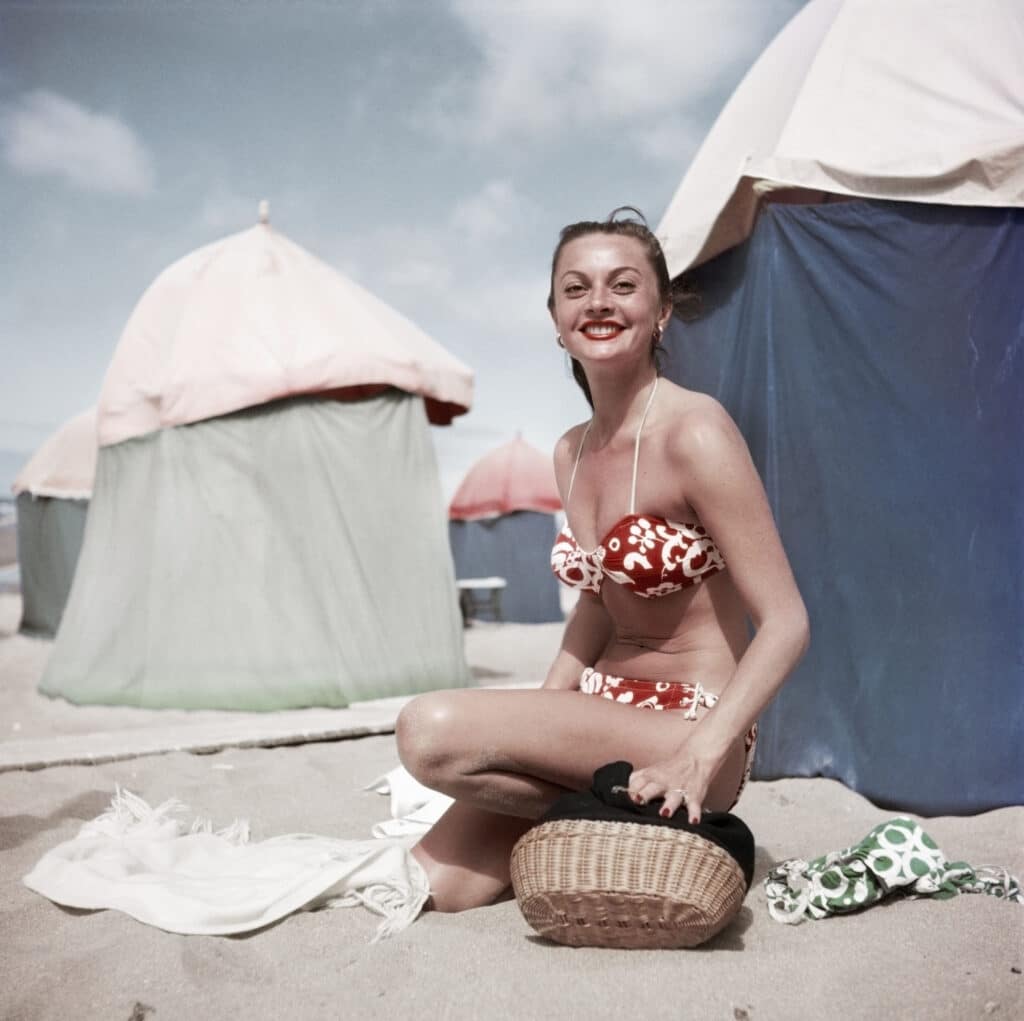
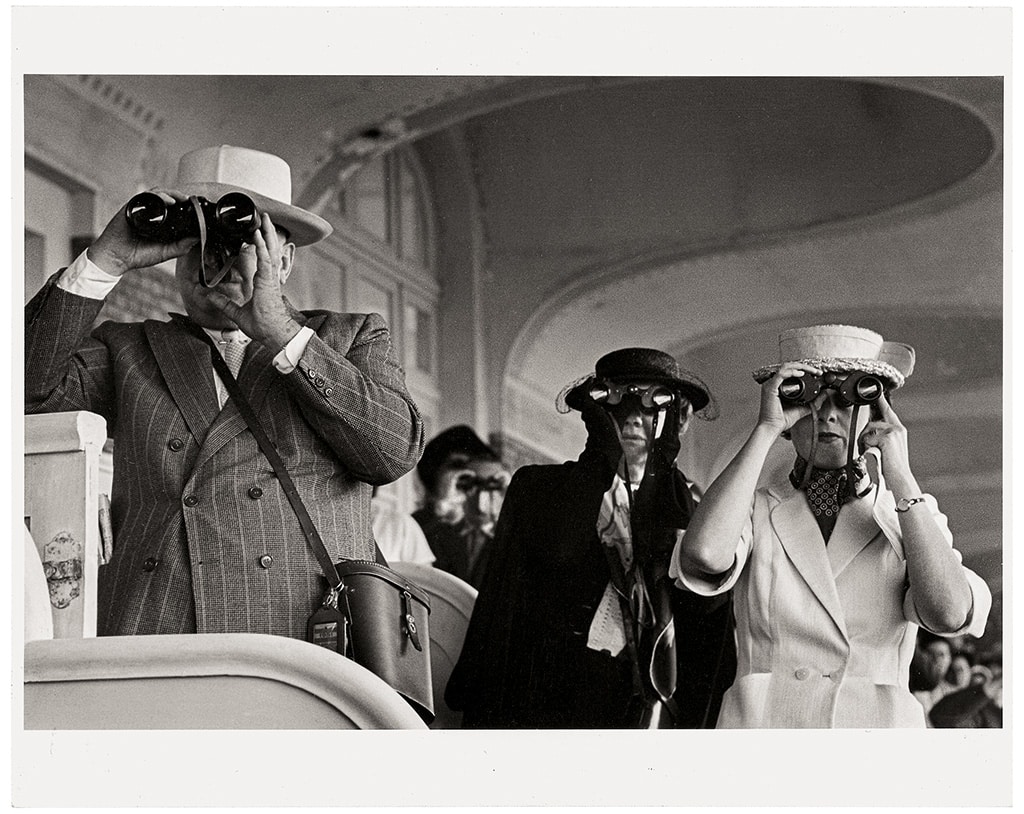
Capa’s last assignment was in 1954. Forced to replace a photographer at short notice, he left for Indochina without enthusiasm. He first flew to Japan, then arrived in Indochina, where France was confronting Hô Chi Minh’s communists, who were fighting against the colonization of their country. At Diên Biên Phu, French soldiers desperately resisted the onslaught of Viet Minh forces until May 8, 1954. In a war that was almost over, the French army played its last cards without illusion. Capa follows a unit patrolling the rice fields on May 25. The report by John Mecklin, the journalist who accompanied him, took up two pages in the June 7, 1954 issue of Life. He recounts this terrible day: “Capa lay on his back, his leg shredded, about thirty centimeters from a hole dug in the ground by the explosion. He also had a serious chest wound. His left hand was clutching a camera. I began to spell out his name. On the second or third time, his lips moved slightly like those of a man disturbed in his sleep. It was his last movement.”
An Expanded Archive
The book includes many previously unpublished photographs. They come from the Golda Darty private collection and the Magnum agency archives. A rarity. The basis for all publications on Capa is the collection of modern prints assembled in the 1990s by his brother, Cornell Capa, culminating in an official selection of 937 photographs. This constitutes the corpus of Robert Capa’s work. All subsequent books are based on this selection.
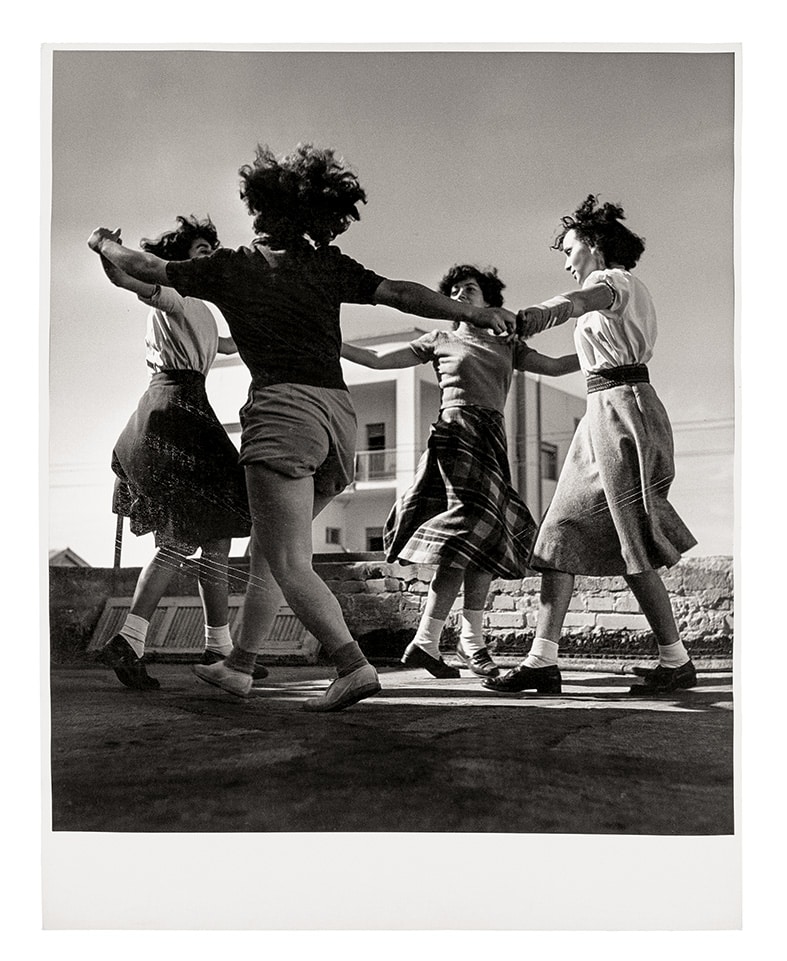
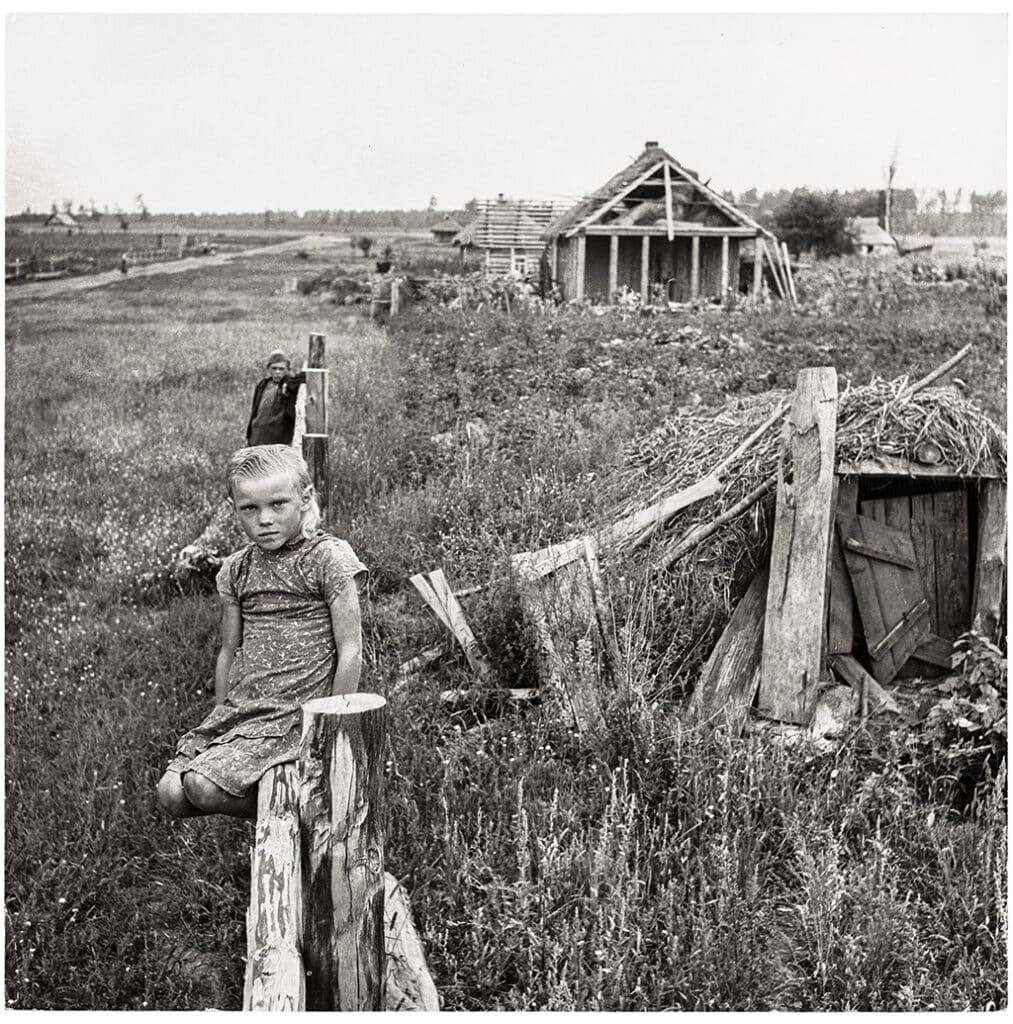
The International Center of Photography (ICP) in New York, the research and documentation center founded in 1974 by Cornell Capa, holds 70,000 negatives and numerous prints by Capa. “This book is different from the others,” explains Michel Lefebvre. “Insofar as it is based, not on the official choice of the ICP, but on a private collection of original prints, some of which have significant heritage value, given that the ICP does not have them. This Golda Darty collection has been built up over the last five years from not only photographs, but also original books, newspapers and magazines that published Robert Capa’s photographs during his lifetime, and a Leica that once belonged to him. I completed my selection by delving into the archives of the Magnum agency in Paris, which also owns prints, and chose around forty of them. What would please me most of all is that people who buy the book go beyond the use of a photo book that you flip through, to read the texts and understand what we wanted to reveal about the story of Robert Capa, the inventor of modern photojournalism.”
Robert Capa – Icons is published by Atelier EXB and is available for 45 euros.
The eponymous exhibition can be seen at the Franciscaines in Deauville, until October 13, 2024.


